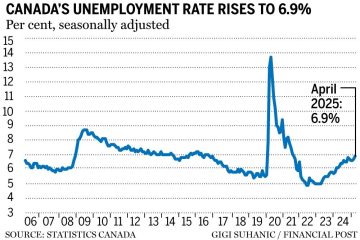Canada vs Denmark: A Comparative Overview

Introduction
The relationship between Canada and Denmark often garners interest due to their shared values of democracy, human rights, and commitment to sustainability. Both nations are known for their high quality of life and strong economies. However, understanding the key differences and similarities between the two can provide insights into their cultural, economic, and social dynamics, making this a relevant discussion in today’s global landscape.
Culture and Lifestyle
Canada is renowned for its multiculturalism, with a diverse population that includes a rich tapestry of Indigenous cultures, as well as immigrants from around the world. This diversity is reflected in its festivals, culinary traditions, and arts. In contrast, Denmark prides itself on its homogenous culture, rooted in Nordic traditions, which influences its societal norms and lifestyle choices. However, both countries emphasize work-life balance, though Denmark is often cited for its effective welfare system and happiness index, ranking consistently among the happiest countries in the world.
Economy
Economically, Canada boasts a resource-rich landscape, with industries such as mining, technology, and services playing pivotal roles in its economy. According to Statistics Canada, the nation’s GDP was approximately $2 trillion in early 2023. Meanwhile, Denmark features a strong welfare state and a highly efficient labor market, with a focus on green technology and renewable energy. The Danish economy is similarly robust, with a GDP of around $400 billion in 2023, characterized by high employment rates and a significant emphasis on innovation.
Education and Health Care
Both Canada and Denmark offer high-quality education and healthcare systems. Canada’s educational system is highly regarded, with several universities ranking among the best in the world. The country spends significantly on education, prioritizing accessibility and quality. Denmark mirrors this with free tuition for university students and a strong emphasis on lifelong learning. Health care in both nations is publically funded and provides comprehensive services to their citizens, but Denmark’s system is often viewed as more streamlined, given its smaller population and efficient administrative processes.
Conclusion
In summary, both Canada and Denmark exemplify strong democratic values, high living standards, and comprehensive social services. While they differ in cultural composition, economic focus, and societal norms, they share a commitment to sustainability and quality of life. As global conversations increasingly pivot on cultural exchange and international collaboration, the comparative analysis of Canada and Denmark offers valuable lessons in governance, social welfare, and intercultural coexistence. Understanding these nuances can help strengthen their diplomatic relations and pave the way for future cooperation on global challenges.









